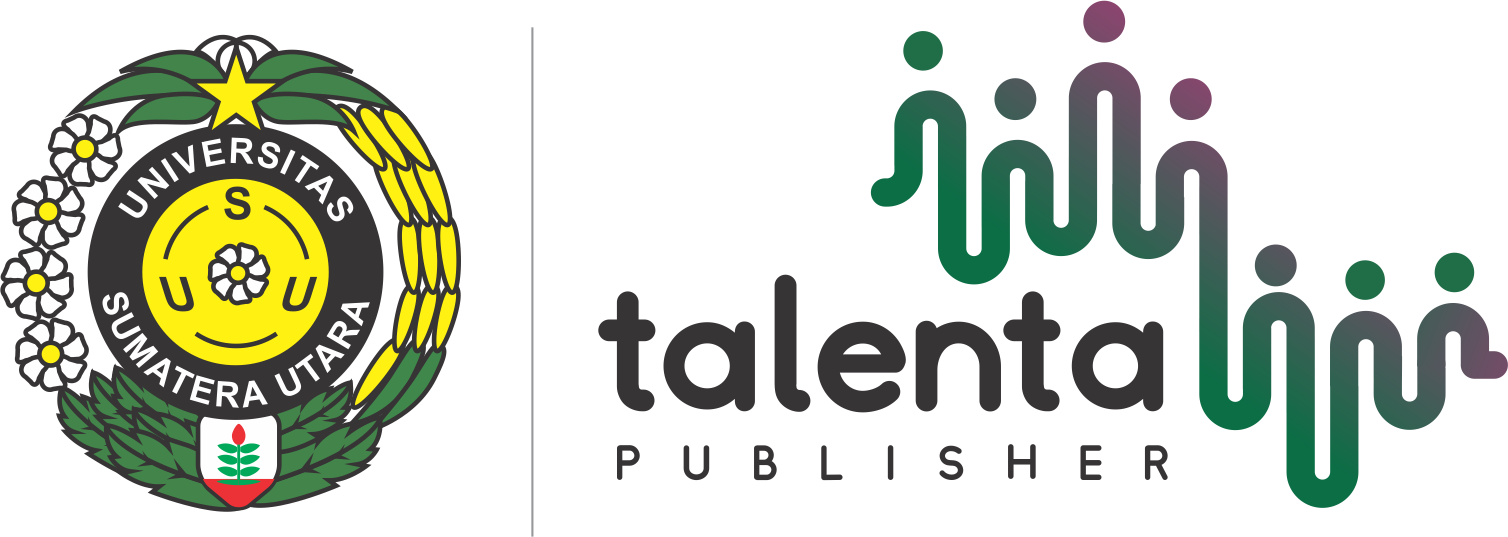The Implementation of Problem Based Learning Model to Develop Writing Skills through Digital Culture Innovation
| Authors | ||
| Issue | Vol 7 No 2 (2024): Talenta Conference Series: Local Wisdom, Social, and Arts (LWSA) | |
| Section | Articles | |
| Section |
Copyright (c) 2024 Talenta Conference Series  This work is licensed under a Creative Commons Attribution-NonCommercial-NoDerivatives 4.0 International License. |
|
| Galley | ||
| DOI: | https://doi.org/10.32734/lwsa.v7i2.2078 | |
| Keywords: | Application problem based learning models writing skills transformation digital applications | |
| Published | 2024-03-01 |
Abstract
Problem Based Learning is a set of teaching methods that center on problems in order to foster problem-solving skills., content, and self-regulation skills. There are 5 phases in implementing PBL, namely (1) orienting students to problems; (2) organizing students to research; (3) assisting independent and group investigations; (4) developing and presenting works; (5) analyze and evaluate the problem-solving process. The problems used in PBL are problems encountered in the real world. Even though each student requires individual abilities, in the learning process in PBL students’ study in groups to understand the problems they face. Writing is one of the four language skills that students must learn. Writing is an activity as well as an integrated skill, even writing is always there in every lesson, just like reading. Writing is like a sword that has two sharp edges, learning to write and writing to learn. Int research designs are particularly appropriate for use in the fields of social science and language because these fields adapt to a wide range of human behaviour, language learning, and language behavior. To measure the outcome of writing skills used a qualitative approach. Descriptive analysis techniques were used to analyze qualitative data, and statistical analysis techniques, namely the t-test, were used to analyze quantitative data.






